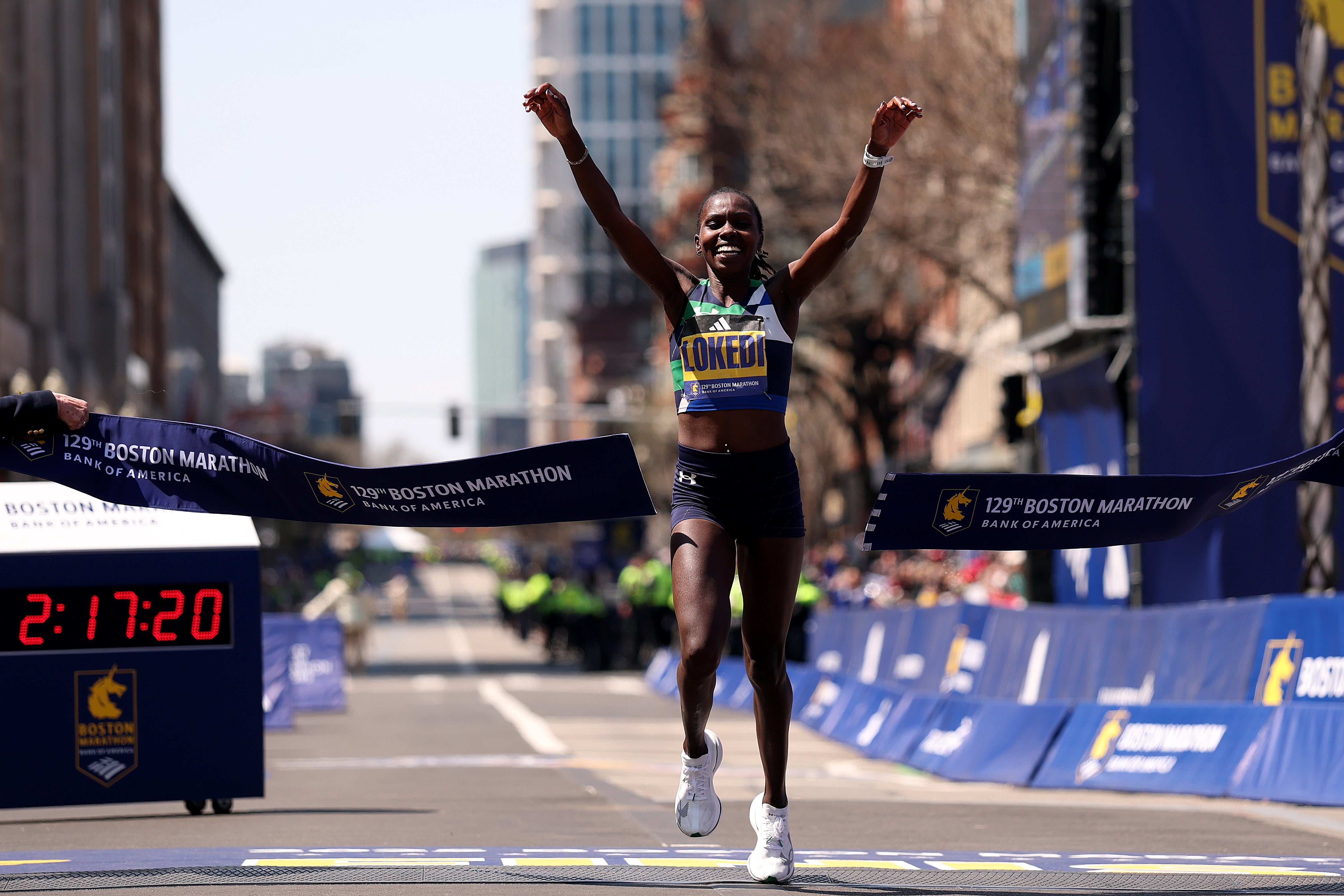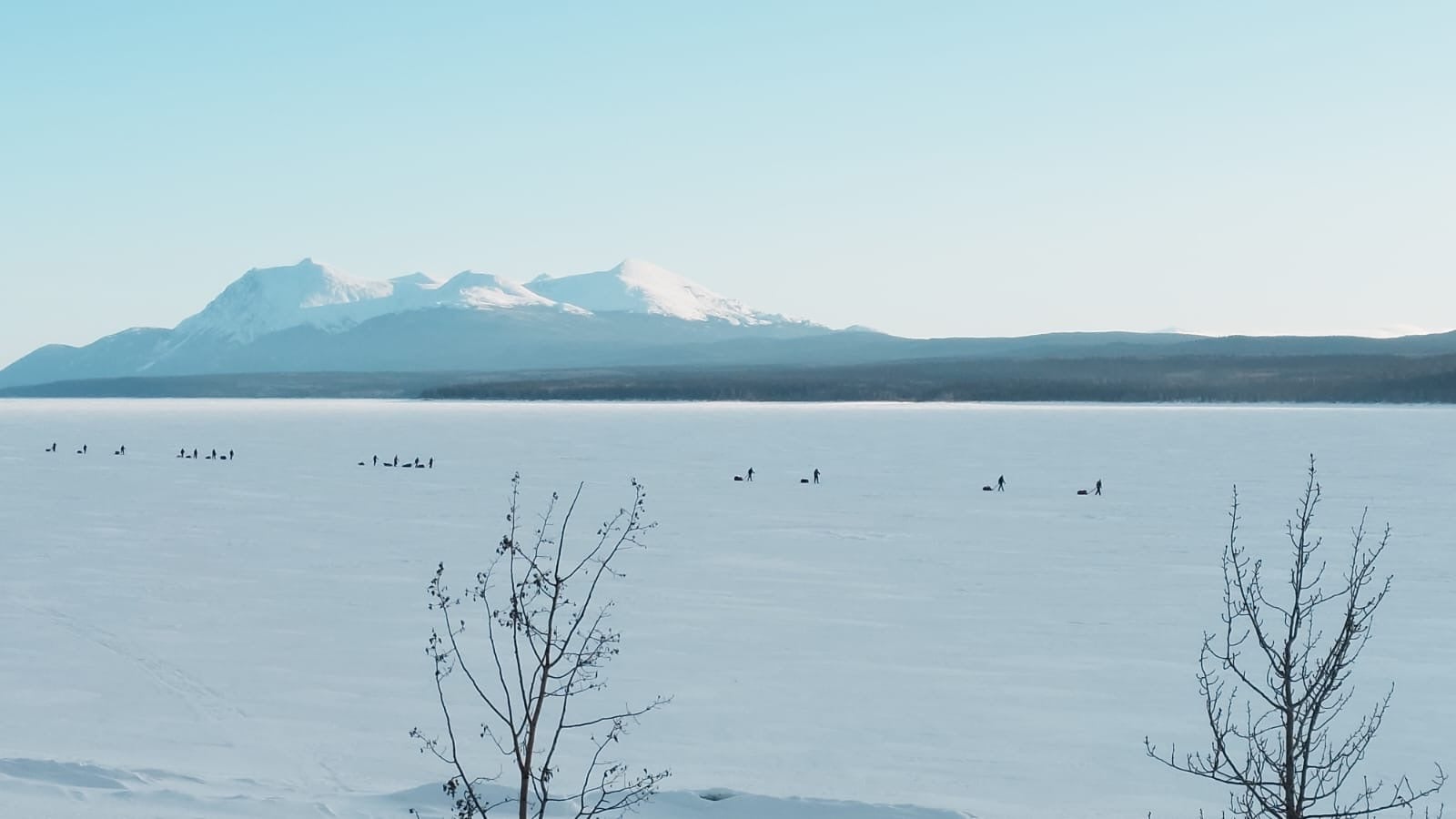ARTICLE AD BOX
Female athletes are closing the performance gap with their male peers and may soon overtake them in extreme sports events like ultramarathons, a new study finds.
Men have historically outperformed women in athletic competitions like the Olympic 100m races, while women dominate sports like shooting and equestrian events.
The performance gap between the sexes in athletics has also narrowed since the 20th century, followed by a period of stability thereafter.
Now, a new study, published in the journal Frontiers in Physiology, finds that female athletes are rapidly closing the performance gap with men in ultramarathons and Arctic expeditions and may one day overtake them in these endeavours.

Until now, much of what scientists know about sex-specific differences in exercise or sports performance has been from laboratory-based studies.
While these studies are well-controlled, revealing insights on physiological mechanisms, they lack practical relevance to the “real world”, researchers say.
A closer observation of real-world athletic performance in extreme sports reveals an overall shrinking gap between males and females.
For instance, the current men’s marathon world record is held by the late Kenyan athlete Kelvin Kiptum at 2 hours 35 seconds, set during the Chicago Marathon in 2023.
In comparison, the women’s record was set in the same event Ruth Chepng’etich – also a Kenyan – at 2 hours 9 minutes and 56 seconds, which is only about 10 minutes behind her male counterpart.
Earlier in 2002, running legend Pamela Reed won the Badwater Ultramarathon – a gruelling 218-km (135-mile) race held in Death Valley, California – defeating all her male counterparts.
While traits like strength, power, and speed are typically greater in males, recent work suggests the athletic performance gap between the sexes decreases as the distance or duration of an event increases.
Developments like improved footwear and pacesetters to break the wind, as well as better nutrition, can bridge the performance gap in more such extreme athletic events, scientists say.

Under extreme conditions, women also seem to exhibit greater metabolic efficiency than men.
This appears to be the case, especially during events conducted in extreme cold conditions.
Women spent lower total energy relative to load carriage compared to men during the Alaska Mountain Wilderness Ski Classic – a remote and unsupported 200km Arctic winter expedition, according to the latest study.
Researchers describe a phenomenon called an “Arctic shift” in female athletes, indicating the activation of cold-induced body heat generation at a lower temperature compared to males.
This physiological process could be reducing their metabolic demands under cold stress, scientists suspect.
Over the past four decades, the gap in race durations between males and females has decreased by about 3 per cent in events lasting six, 72, 144, and 240 hours.
When males and females compete in similar numbers, the gap decreases even further, but, fewer elite female athletes participate in such ultraevents compared to elite males.
Scientists hope to conduct further studies assessing plasma, serum, stool, hair, muscle and fat tissue samples from those participating in gruelling extreme sport events like the Yukon Arctic Ultra (YAU) – the longest and coldest ultramarathon in the world.
“Emerging data from endurance events conducted in extreme environments suggest that women may be equally, if not more, metabolically resilient under physical and nutritional stress,” researchers say.


.jpeg?trim=8,0,8,0&width=1200&height=800&crop=1200:800)






 English (US) ·
English (US) ·